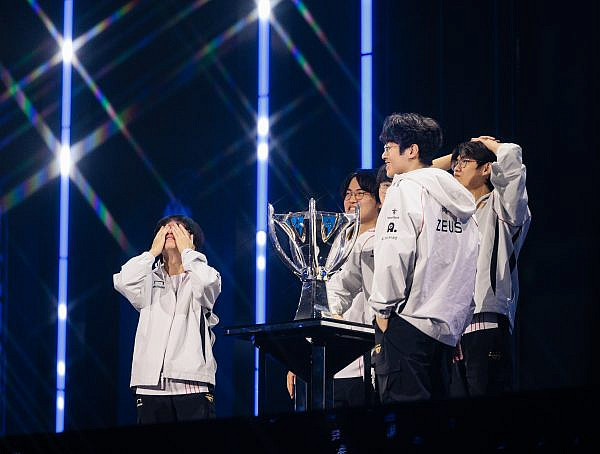In this article, Ståhl and Rusk seek to answer what player identities are (co)constructed in CS:GO, Counter-Strike: Global Offensive, and what tools are used for this identity construction. The study was conducted using ethnographic methods following seven students from a vocational school esports programme in Finland. Players would share their screens for observation and take part in interviews. Collected data included in-game text chat, voice chat both in-game and external software such as Discord.
The tools found for (co)constructing player identity were: Choice of weapon, weapon skill, weapon customization, stats/rank, and language used. The employment of these tools was analyzed, and three categories of identity (co)construction were found: Player customization, player competence, and team discourse. The players had different approaches to customization based on individual and social aspects. Some would choose skins based on their appearance or value, others used customization to express their humor.
Choice of weapon was also connected to player competency. Players would choose weapons based on their confidence and ability, but also by the potential power of a weapon. If a weapon is known to be good, it is more likely to be used. Also, the knowledge of a weapon’s power could be used to display player competency as a part of their identity. Should a player fail during gameplay, pointing out one’s own mistakes had a similar result: The player seems more competent when they can point out their own mistakes. In-game rank also was used to display competence, and this would sometimes create mentor-apprentice relationships.
Identity construction from communication oriented towards in-game events. Players would comment on co-players, opponents, and individual actions or events. Offensive language was often used, and the boundaries of what is or isn’t appropriate was discussed within the team. Players would often comment on their own words and criticize players, that they felt had crossed a line and said something inappropriate. The players didn’t seem as critical towards homophobic or sexist slurs, but racist remarks were more frowned upon, compared to other alienating language.
It appears, that the ideal esports player is a competitive white heterosexual male. Players were assumed to be exactly that unless proven otherwise. This seems to fit the ideals of technomasculinity: technology being portrayed as a masculine form of expertise. Even though this does not represent actual player demography, it does limit which players feel included in a culture that has been shaped by competitiveness.
The Article:
Ståhl, M., & Rusk, F. (2020). Player customization, competence and team discourse: exploring player identity (co) construction in Counter-Strike: Global Offensive. Game Studies, 20(4).
http://gamestudies.org/2004/articles/stahl_rusk
Title image taken by the author, from: Counter-Strike: Global Offensive.
You might also like
More from Game Research Highlights
How do you want to do this? – A look into the therapeutic uses of role-playing games
Can playing RPGs contribute positively to your wellbeing? A recent study aims to find out how RPGs are being used …
Eldritch horrors and tentacles – Defining what “Lovecraftian” is in games
H.P. Lovecrafts legacy lives today in the shared world of Cthulhu Mythos and its iconic monsters. Prema Arasu defines the …
Are Souls Games the Contemporary Myths?
Dom Ford’s Approaching FromSoftware’s Souls Games as Myth reveals the Souls series as a modern mythology where gods fall, desires …















